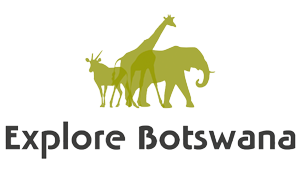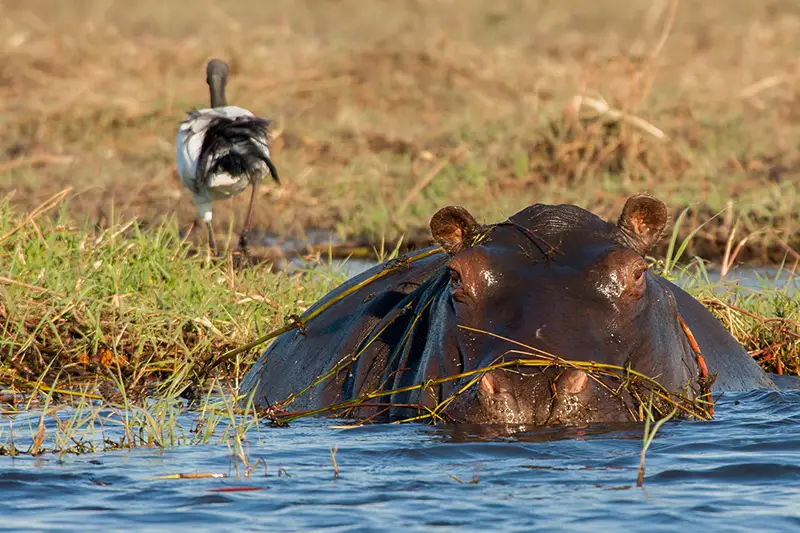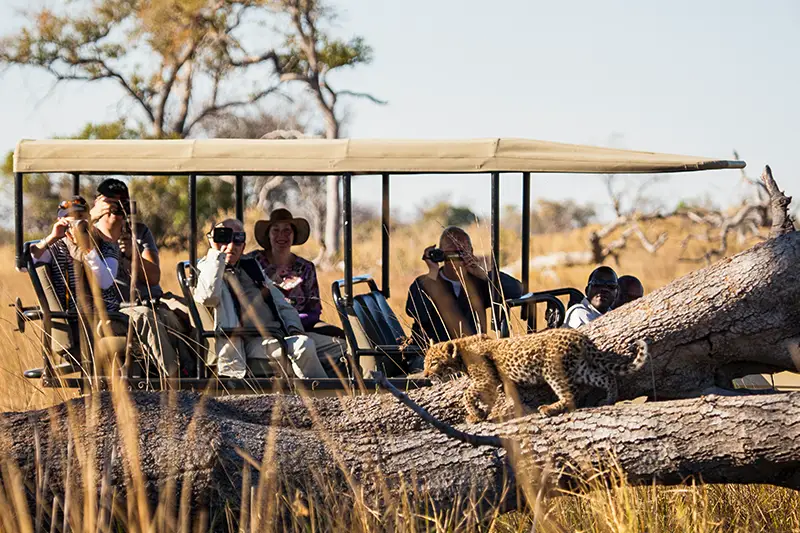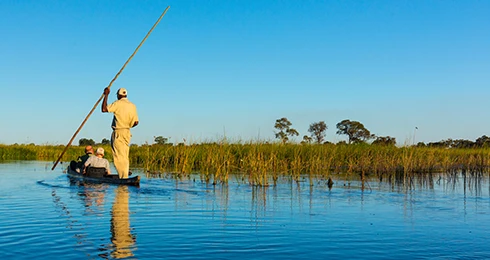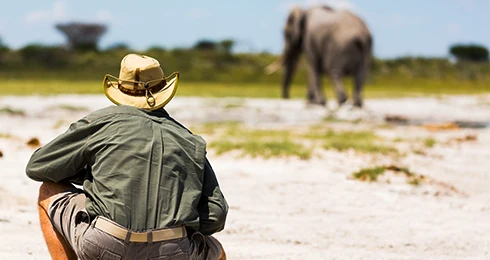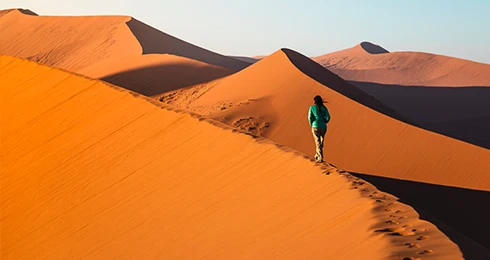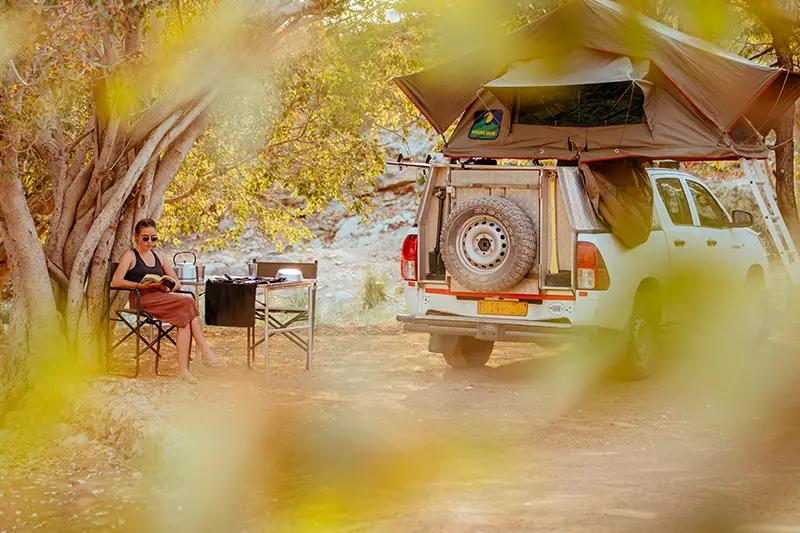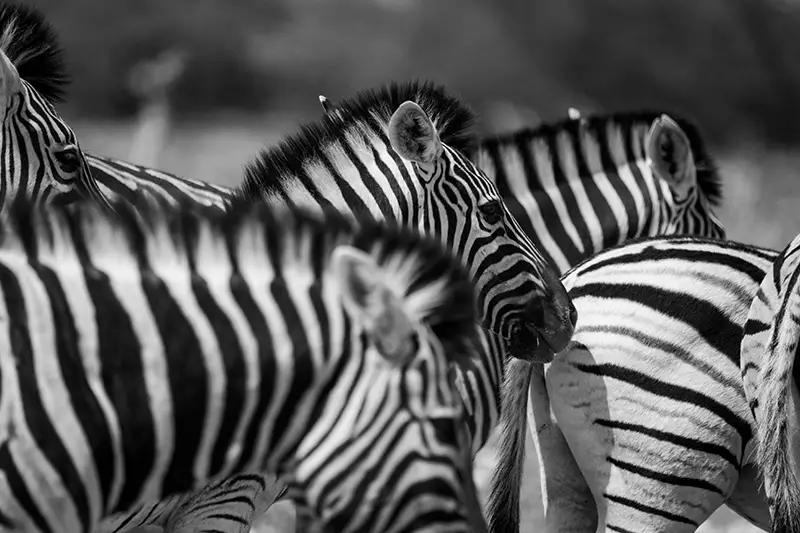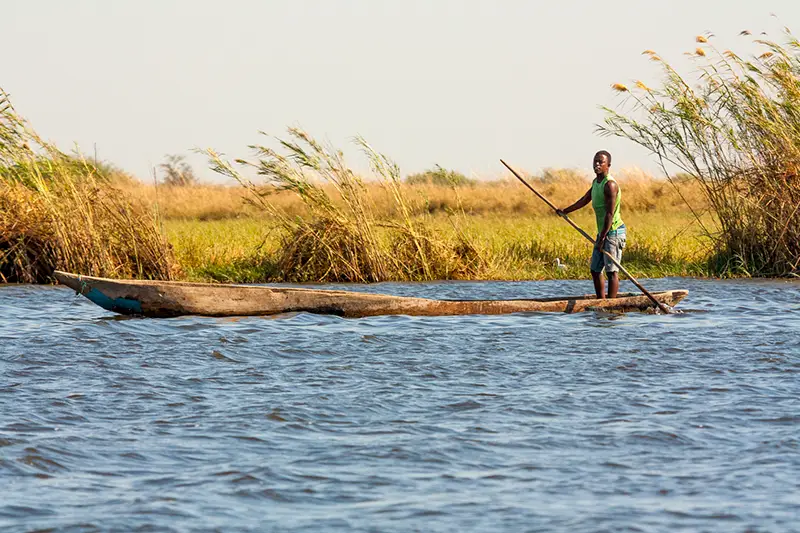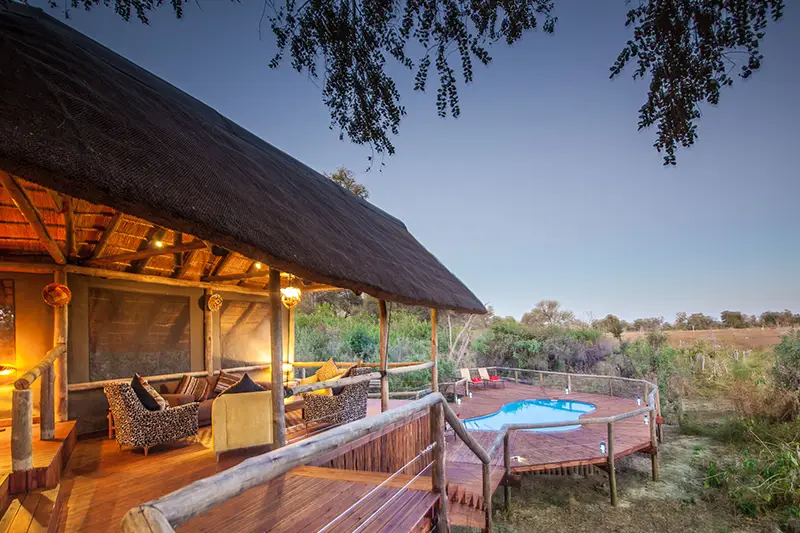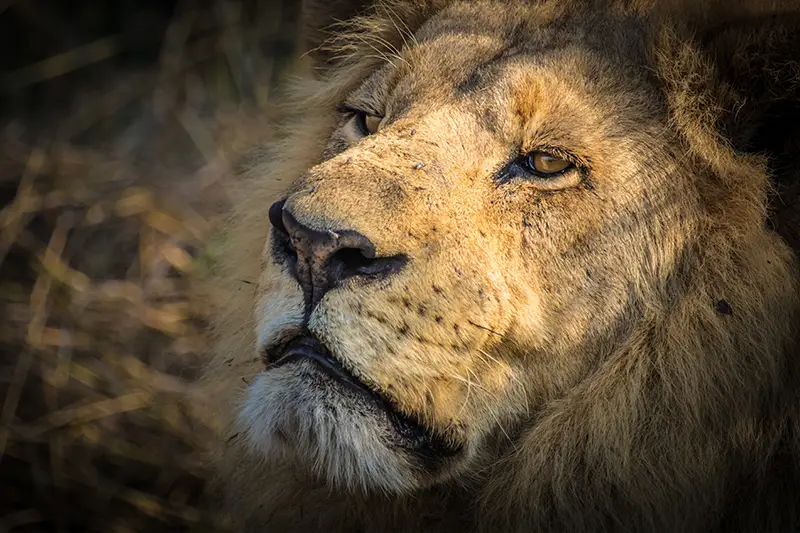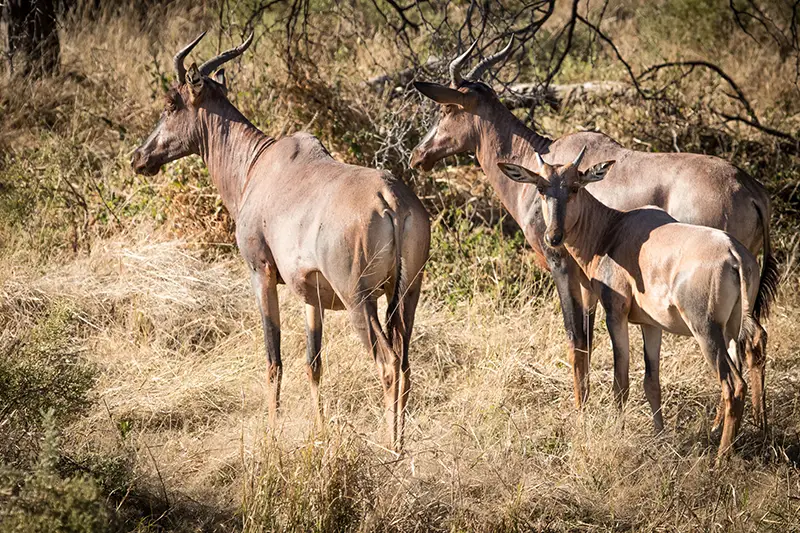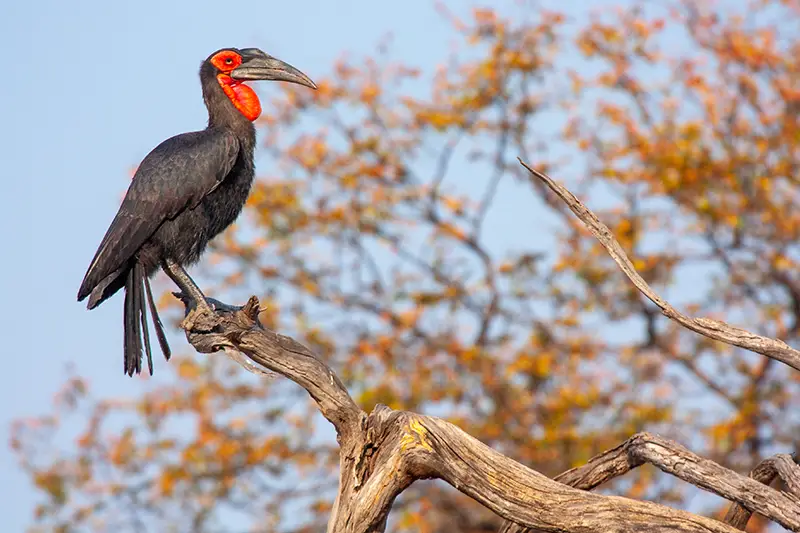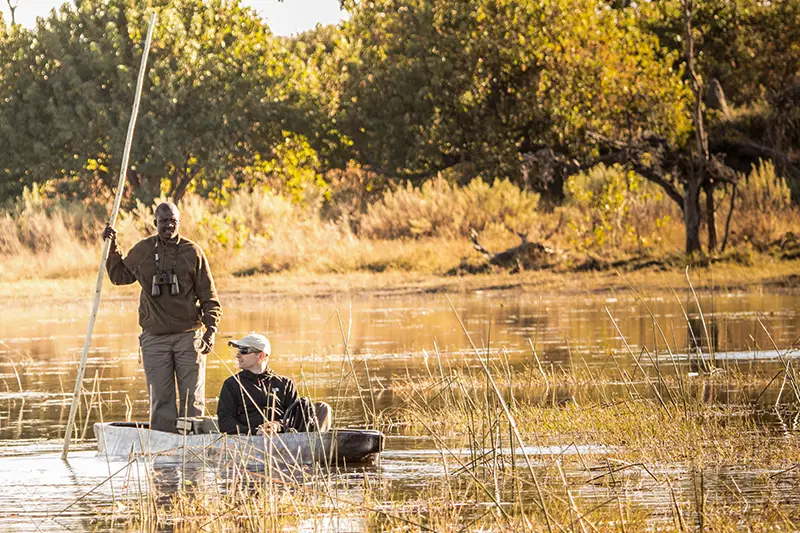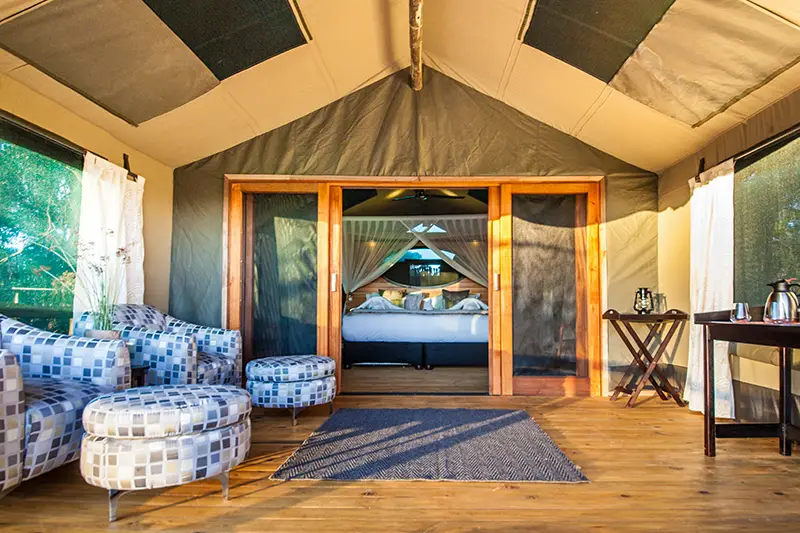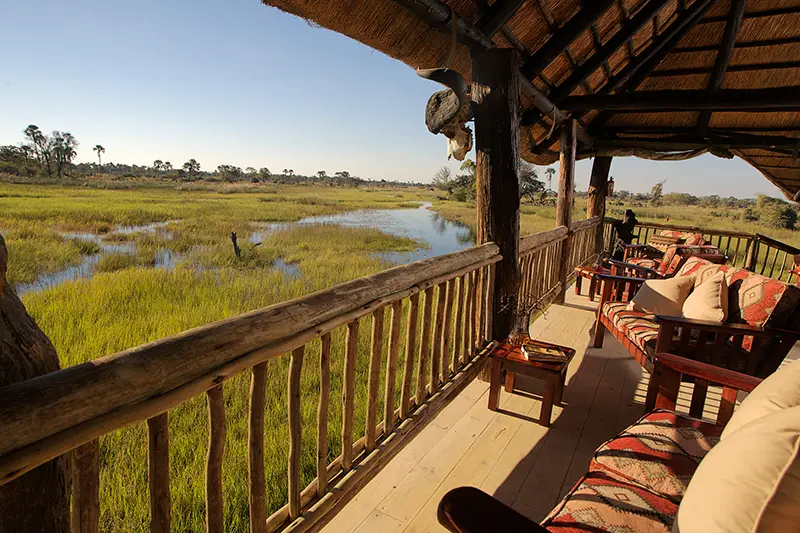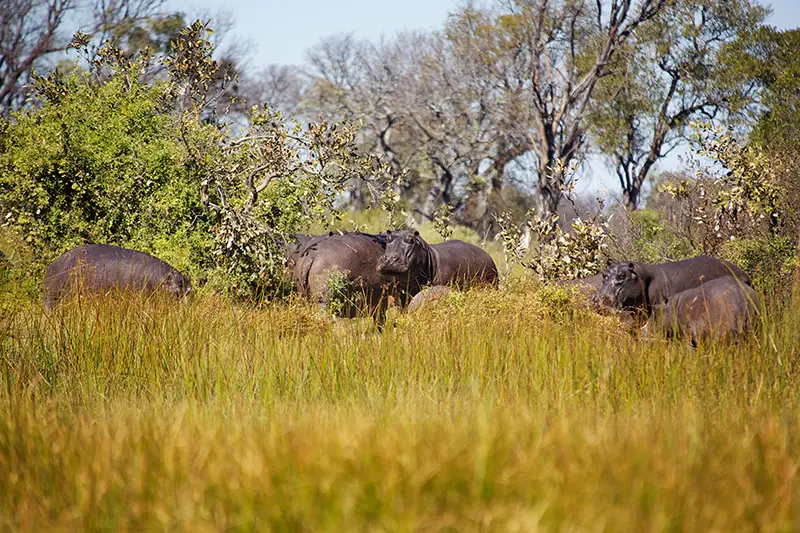INFORMATION ABOUT BOTSWANA
Discover essential information for your trip to Botswana. Read practical information about Botswana covering geography, history, population, economy, language, and the political landscape before you embark on your journey. This comprehensive info ensures you’re well-informed for a seamless and enjoyable travel experience in Botswana.
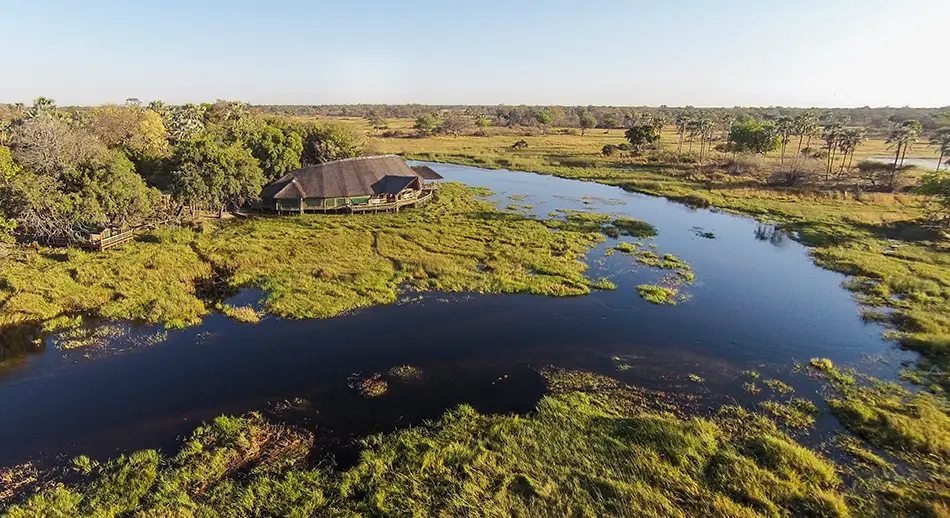
Explore Botswana: What you need to know about Botswana
From the swampy and green Okavango Delta, to the dry and desolate Central Kalahari Desert, Botswana has natural diversity. With a consistent democracy since its independence in 1966, it is, besides being absolutely beautiful, a safe and politically stable country.
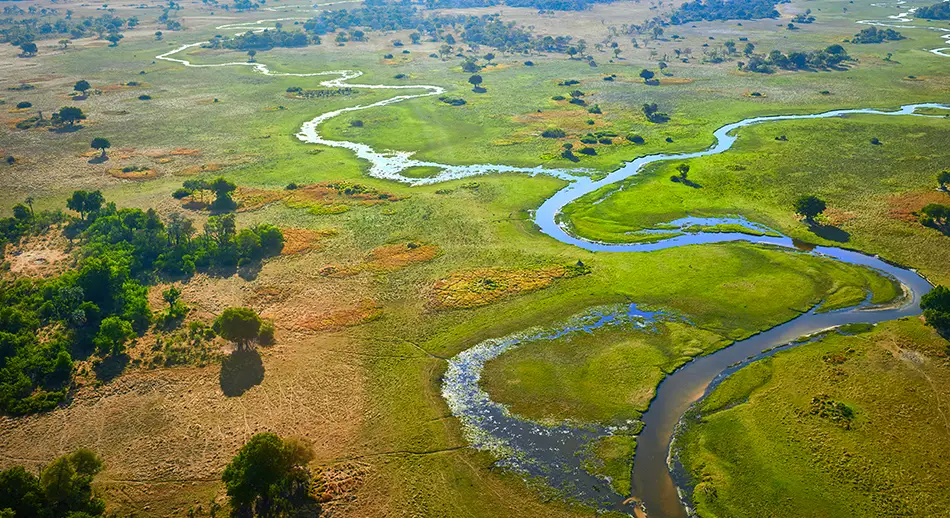
Geography
The Republic of Botswana is a landlocked country in southern Africa, neighboring Namibia, Zimbabwe, Zambia and South Africa. It is predominantly flat with only a few hilly areas. The Kalahari Desert blankets the southwest of the country, while The Okavango Delta stands out as a thriving oasis in the north of the country – one of the world’s largest inland deltas.
Between these, in the north-central area are the Makgadikgadi Pans, one of the largest salt flats in the world. The pan is all that remains of enormous Lake Makgadikgadi, which once covered an area larger than Switzerland, but dried up several thousand years ago. This large seasonal wetland is composed of several large component pans, the largest being Nwetwe Pan, Sua Pan and Nxai Pan. Botswana’s lowest elevation point is at the junction of the Limpopo and Shashe Rivers, at a height of 513 and its highest point is at Tsodilo Hill, at 1,490m.
The country is divided into four drainage regions, which are sometimes indistinct due to the arid nature of the climate. The Chobe River forms the border with the Caprivi Strip of Namibia, together with the adjacent swampy area, is part of the Zambezi basin. Most of the north and central region of the country is part of the Okavango inland drainage basin.
The easternmost part of the country falls into the Limpopo drainage basin and the southern and southwestern regions, which are the driest of all, are drained by the Molopo river along the South African border and the Nossob river through the Kalahari Gemsbok National Park, and are technically part of the basin of the Orange River. But these rivers hardly ever reach the Orange river before they dry out, the last recorded occurrence was in the 1880s. Besides the Chobe, Okavango, Boteti and Limpopo rivers, most of Botswana’s rivers cease to flow during the dry and early rainy seasons.
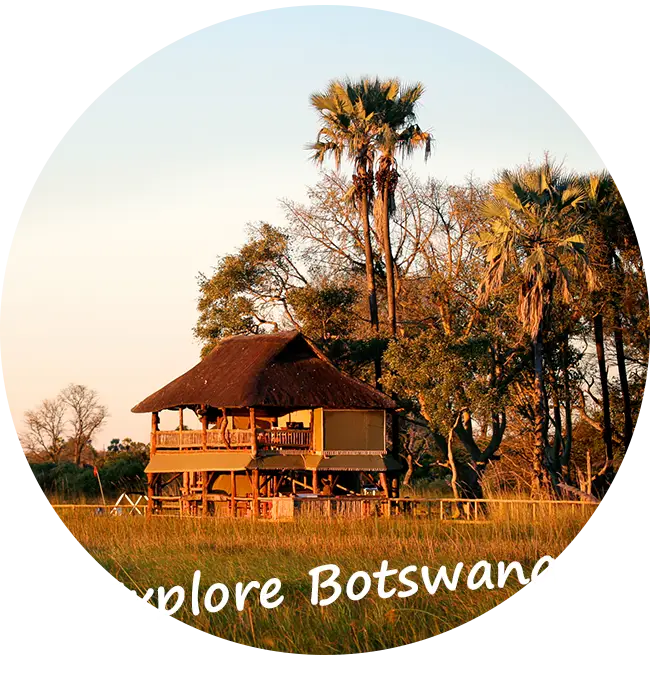
Explore Botswana offers organised self-drive holidays and safari tours to Botswana. You can go on an adventure in a fully equipped vehicle of your own choice. We will arrange your accommodations in advance, whether you wish to stay in lodges and guesthouses, on campsites or both.
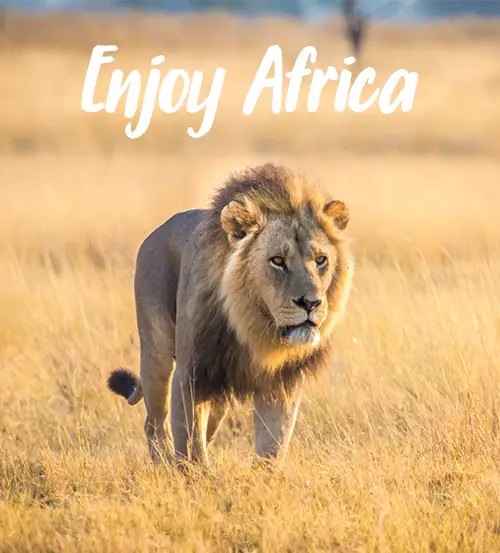
Itineraries
14 Days Safari Tour
Explore the fascinating national parks and experience the best bits Botswana has to offer.
20 Days Safari Tour
Adventurous camping and you can hardly get closer in touch with nature.
21 Days Safari Tour
Seek diversity; from far stretching savannas, to lush green oases and abundant wildlife.
History of Botswana
The Republic of Botswana, a parliament democracy
In 1837, the Afrikaners were the first ones who took the current Botswana into their hands. The former Bechuanaland became part of the British protectorate in 1885, which lasted till 1966. Some years before the Botswana Democratic Party (BDP) was established and won the first elections. Bechuanaland became independent 30 September 1966, and Seretse Khama became first president. Bechuanaland became The Republic of Botswana, a parliament democracy.
After the death of Seretse Khama, he was succeeded by Ketumile Masire and Botswana became member of the SADCC (South African Development Coordination Conference). In 1998 Ketumile Masire is succeeded by Festus Gontebanye Mogae. He keeps this position until 2008, followed Ian Khama until 2018, with Mokgweetsi Masisi as the current president (2019).
Population
4 people per square kilometer
Currently, Botswana has a population of 2.3 million (2019). Botswana is one of the world’s most sparsely populated countries with a population density of just 4 people per square kilometer. The former British protectorate Bechuanaland adapted the current name after independence in 1966. The capital and largest city of the country is Gaborone.
The population of Botswana is composed of mainly the Tswana (79%), an ethnical group who speak Tswana, a Bantu language. This population is divided into eight main subgroups. There are also small numbers of Kalanga (11%), Basarwa (3%), Kgalagadi and a relatively small number of Caucasians. Even though English is the official language, the local Tswana language is commonly used.
Language - Time
Language
The official language is English, besides many different local languages, such as Mbukushu, Naro, Subiya, Tswana, Kalanga, Afrikaans, Herero and Birwa.
Time
Botswana has abolished daylight saving time in 1944. Therefore, during European winter (end of October – end of March), Botswana’s clocks are one hour ahead; whereas in the European summer there will be no difference of central European time to Central Africa Time (CAT). Furthermore, consider that there are fixed opening and closing times at National Parks and borders, so make sure you leave, or rather arrive, on time. Remember that distances to cover are longer than you are used to, and you do not want to drive in the dark.
Flora and Fauna
Botswana is known for its large diversity in animals
The natural division of vegetation in Botswana depends strongly on the rainfall. The largest part of Botswana is savannah with only small parts of denser vegetation. The most common trees are the Acacia and Mopane trees. The largest forests can be found in the north, at the shores of the Chobe river. Botswana is known for its large diversity in animals, the most African wild species can be found here. The country hosts around 164 different types of mammals, 157 kinds of reptiles, 80 varieties of fish, 550 kinds of birds and countless sorts of insects.
The government has reserved thousands of square kilometers as protected areas. Some of these protected areas are the Chobe National Park in the north, the Central Kalahari Game Reserve, the Moremi Game Reserve in the Okavango Delta and the Kgalagadi Transfrontier Park at the border to South Africa.
Economy and Politics
Only a small part of the country is cultivated
For the biggest part of the population, small-scale agriculture and stockbreeding is the most important source of income. In most cases, only a few people of a large family have a paid job. The rest takes care of the farm. The country’s water shortage, and a continuous lack of facilities have delayed agricultural growth. Only a small part of the country is cultivated. Around the time of independence, the only minerals found in Botswana were manganese, gold and asbestos.
Since then, large nickel and copper sources have been found, as well as salt. There are also huge coal mines, sources of Antimony, Sulphur, Plutonium and Platin. The three diamond mines are the most important for local economy. These mines represent one of the larges diamond reserves in the world.
The large number of wild game parks attract many tourists and are therefore also a significant source of income. Especially the Okavango Delta is internationally famous, a river that is swallowed by the Kalahari Desert, and therefore creates an enormous and unique natural phenomenon.
Politics
Botswana is a parliamentary republic, with multiple parties, that operates under the constitution of 1966. The country is headed by a president, who head of state as well as leader of government, and serves for a period of 5 years. The government consists of two Chambers: one House of Chiefs, which consists of 15 seats and where the most important tribe leaders hold position.
The second one is the National Assembly, which consists of 47 seats (40 chosen, 7 named by the president) with a term of office of 5 years. The most important politic parties are the Botswana Democratic Party (BDP), Botswana National Front (BNF), Botswana People’s Party (BPP) and the Botswana Independence Party (BIP).
Mobile connection
SIM cards & mobile operators
In the more populated areas you will usually have cell phone reception with your foreign SIM-card, but when driving through Botswana this will often not be the case. If you want to be reachable, buy a Botswana ‘pre-paid’ SIM-card. Most accommodations also have (free) Wi-Fi.
Electricity
Standard voltage 220/240V
The voltage in Botswana is 220/240V. You will need a three-pin plug or adaptor, which can be found in every supermarket. A European multi-plug comes in handy if you want to charge more than one device at the same time. Although power failures are unusual, a flashlight or headlamp is very useful at night.
Botswana Travel Advice
Every traveller has their own preferences. Do you need assistance in planning your self-drive trip to Botswana? Our experienced tour consultants are ready to assist you! Together we fully customize the tour to your personal preferences, wishes and budget. We can assist you in many different ways. Our team of friendly and service-oriented Tour Consultants is available in Europe and Africa to assist you in creating a personalized proposal for your tailor-made trip to Botswana and to answer all your questions you might have.
Botswana Travel Advice
Every traveller has their own preferences. Do you need assistance in planning your self-drive trip to Botswana? Our experienced tour consultants are ready to assist you! Together we fully customize the tour to your personal preferences, wishes and budget. We can assist you in many different ways. Our team of friendly and service-oriented Tour Consultants is available in Europe and Africa to assist you in creating a personalized proposal for your tailor-made trip to Botswana and to answer all your questions you might have.
Explore Botswana’s Untamed Beauty: Your Guide to Self-Drive Adventures
Botswana Self-Drive Trips
The itineraries we offer to Botswana are fully customizable to your needs. You can book these, or you can use them for inspiration to build your own, tailor-made adventure to Botswana. See below some of our other sample itineraries to Botswana that we have put together. Explore Botswana will always make sure that you will experience the journey of your dreams!
Length: 14 Days (customizable)
Price from: €1.433,- EUR
Length: 19 Days (customizable)
Price from: €1.665,- EUR
Length: 18 Days (customizable)
Price from: €1.425,- EUR
